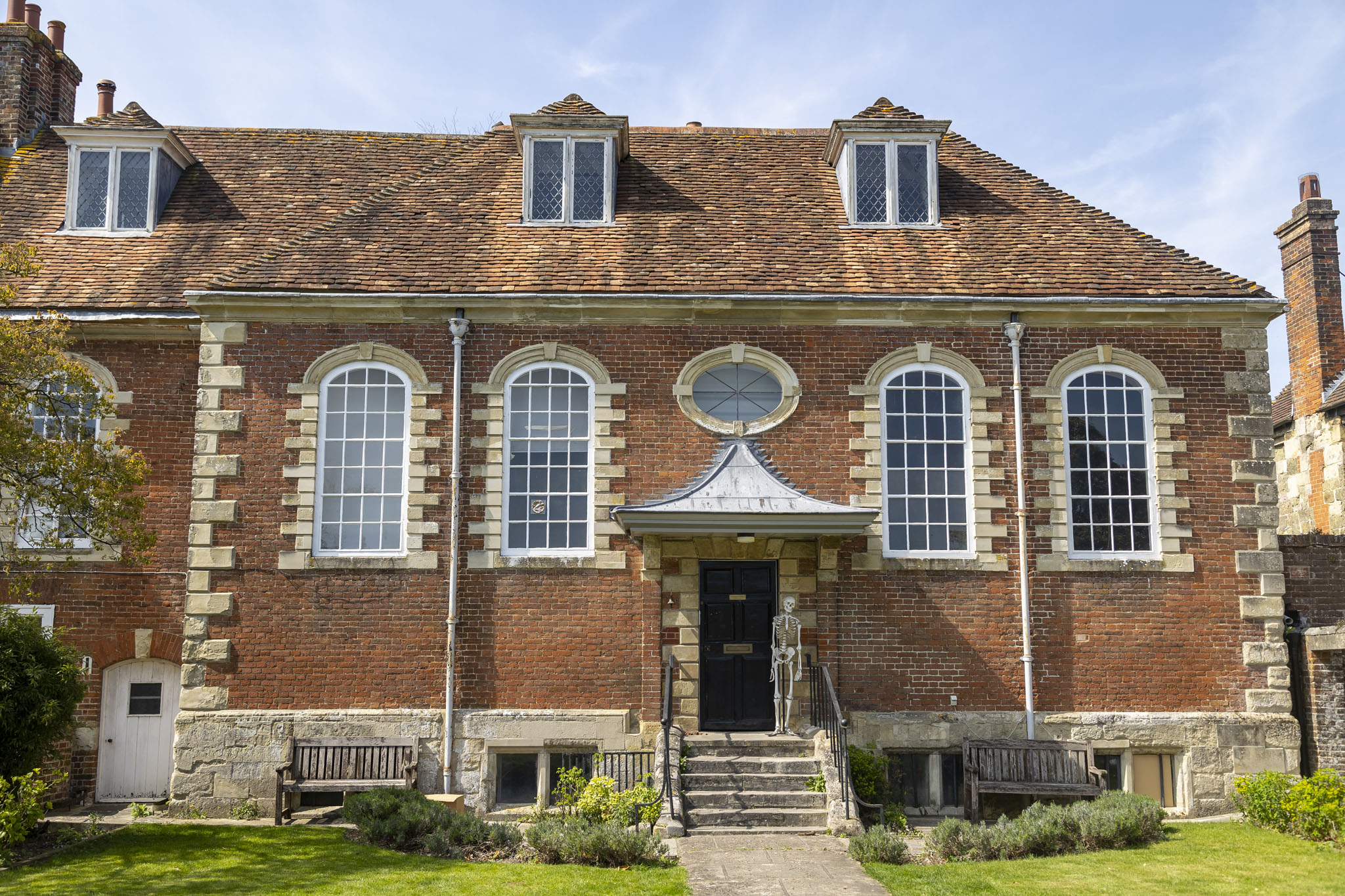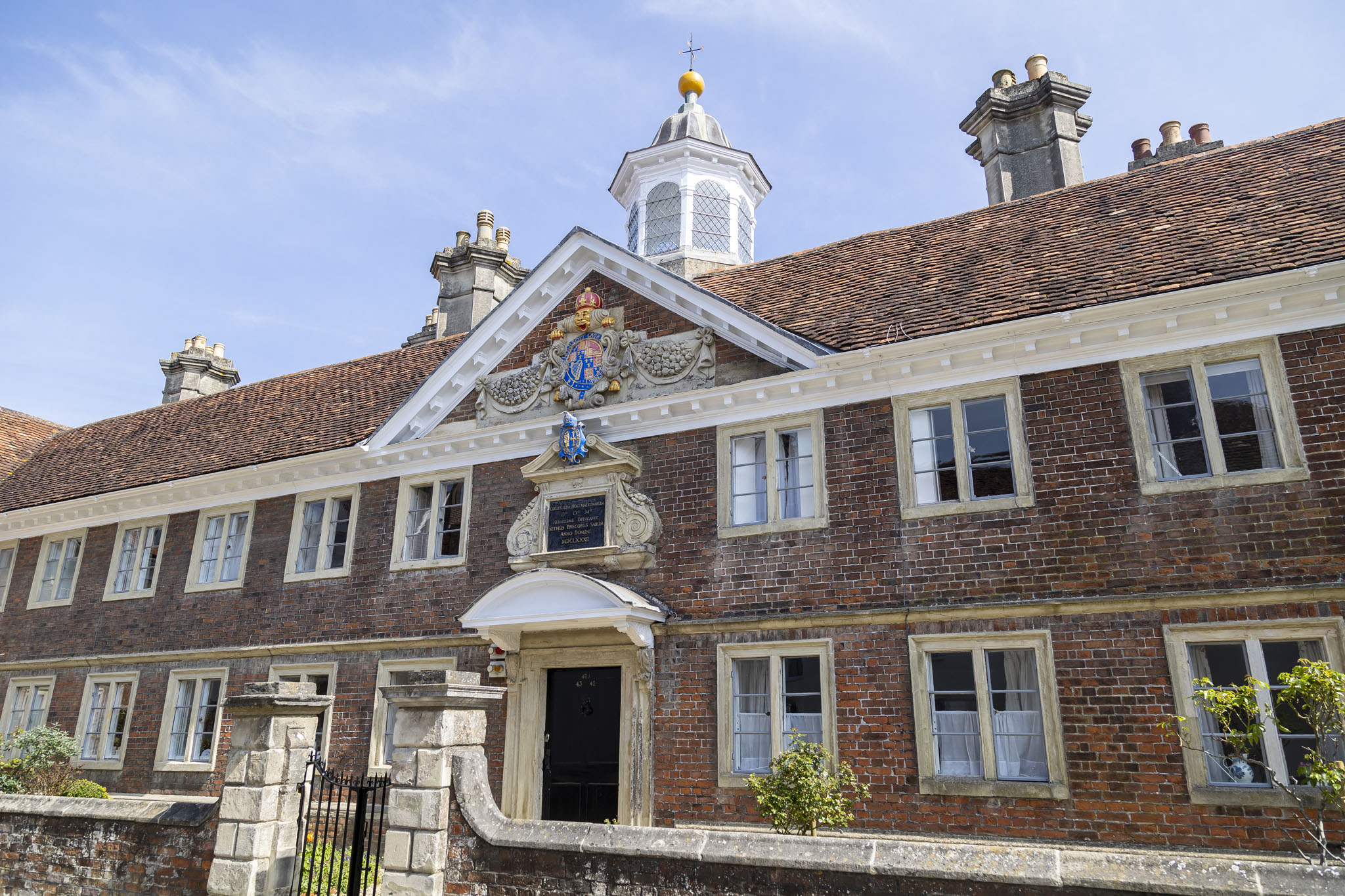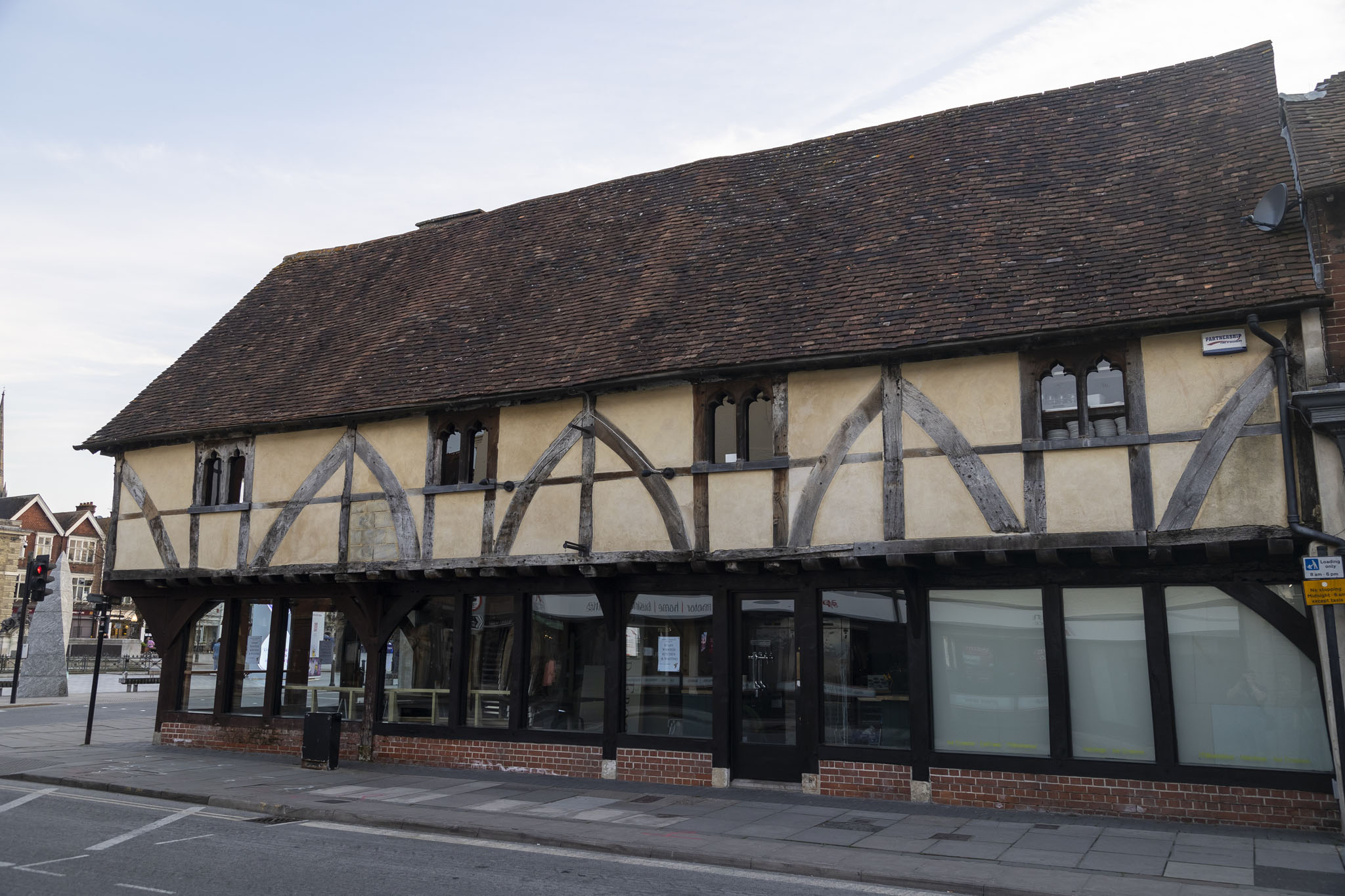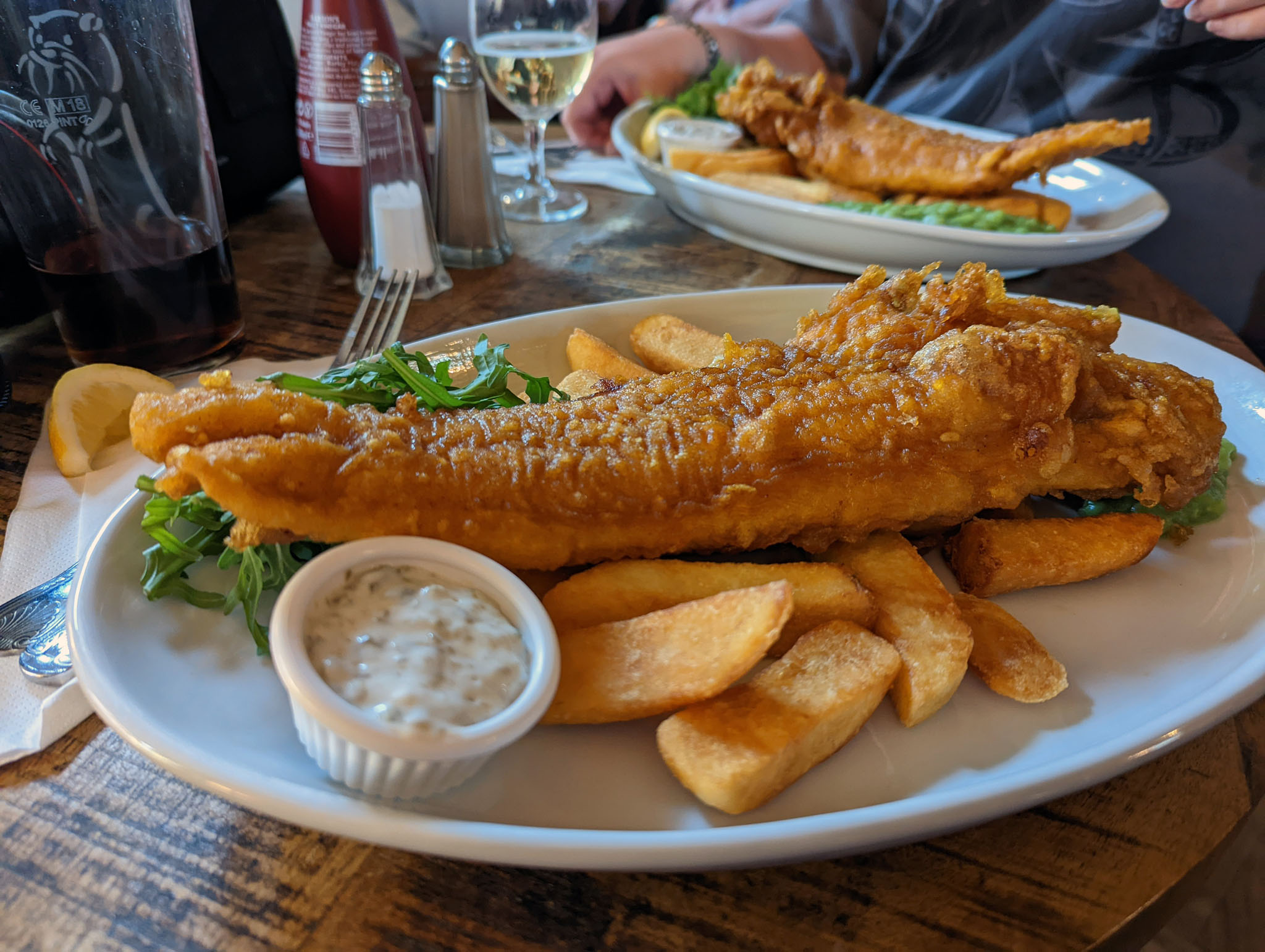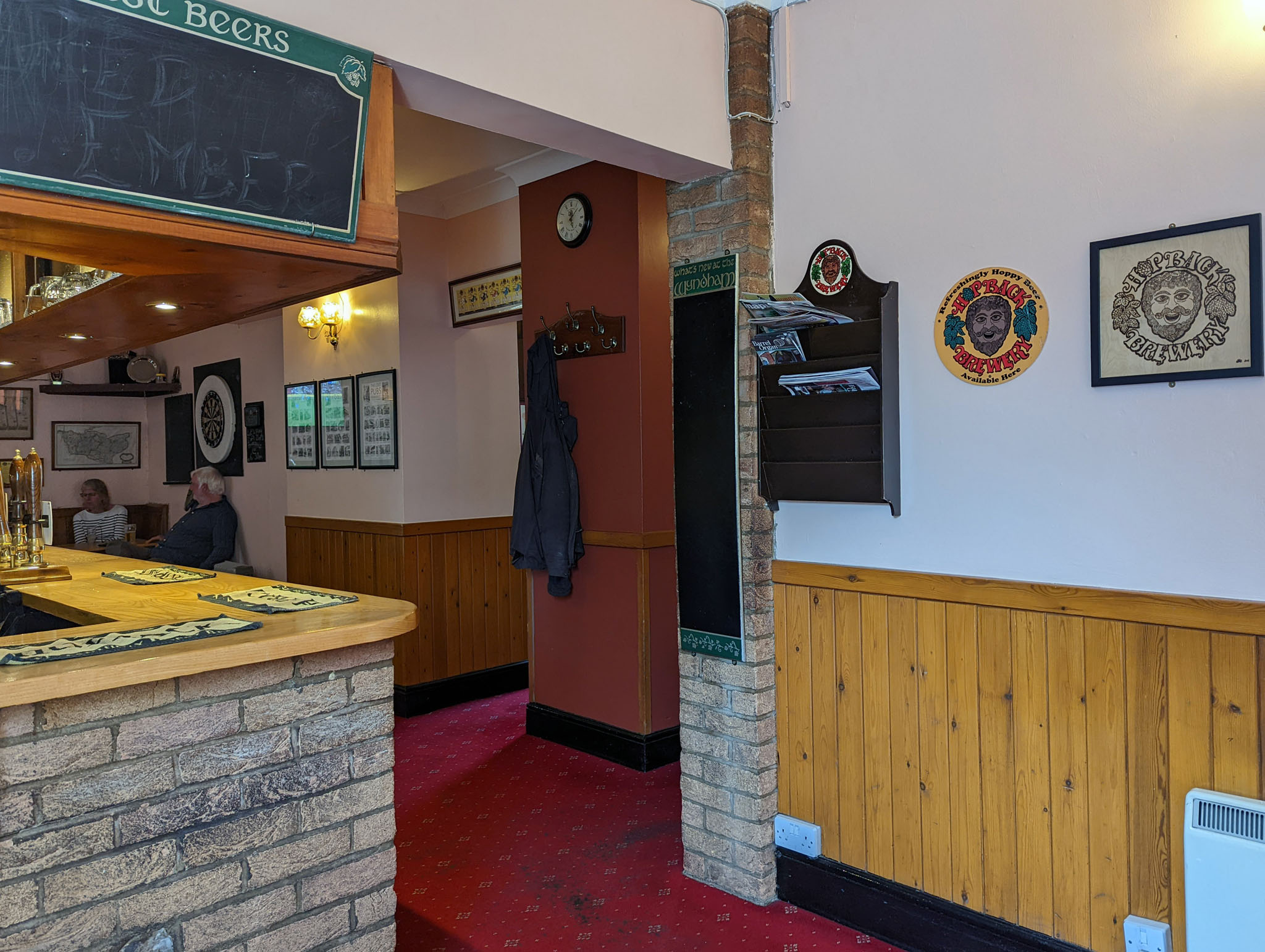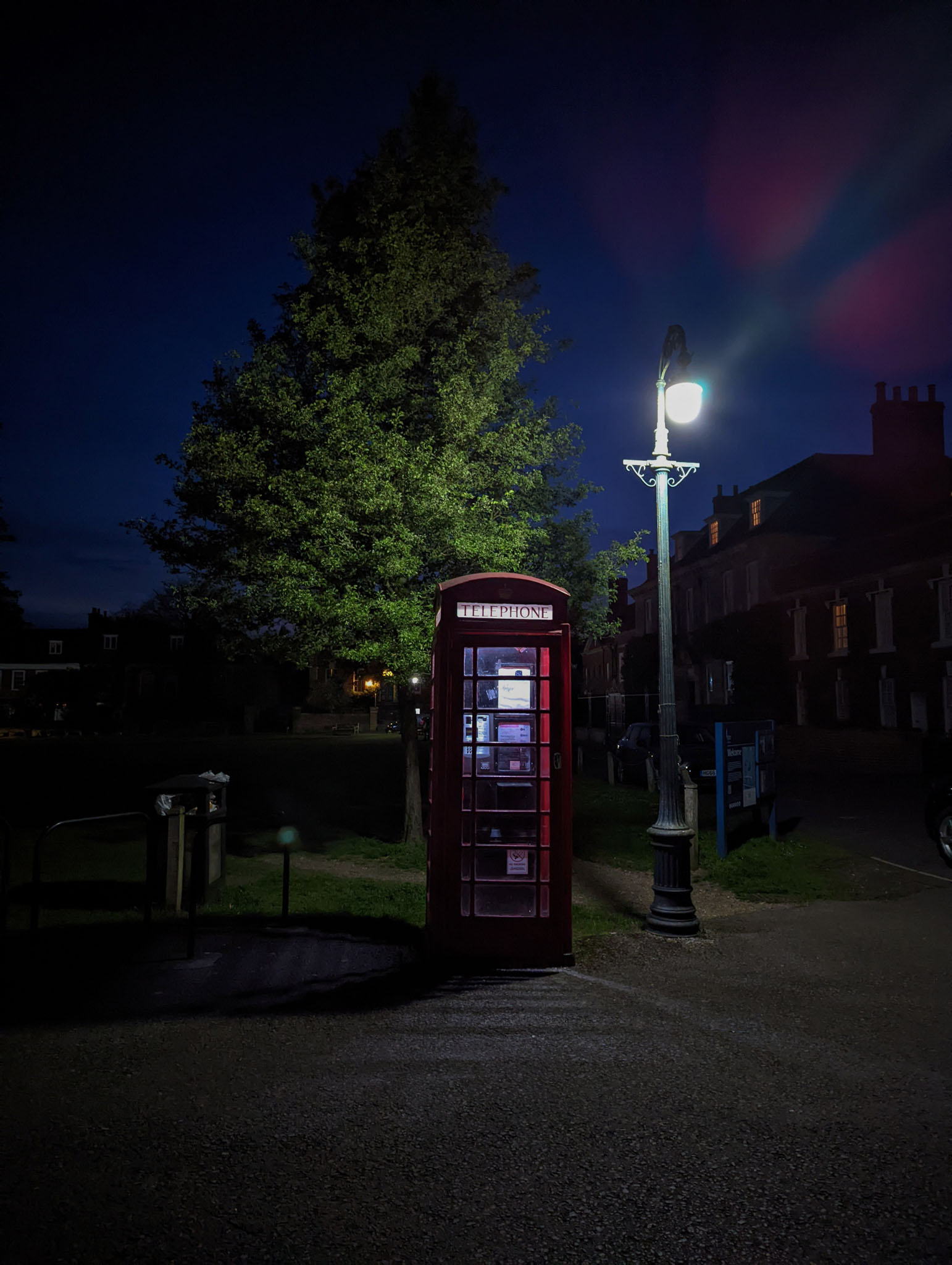Following on from our excellent visits to Salisbury Cathedral and Arundells we had the idea that it would be nice to look at nearby Mompesson House run by the National Trust (of which we’re members). It possibly would have had we been able to work through the contortions needed to know long enough in advance where you’d be to be able to book a time slot and know where the entrance was. We gave up after a few minutes, but we’d seen that there was a military museum almost next door to Arundells anyway so, despite not being massively interested in military matters but because we were there, we decided to pop into the Rifles Berkshire and Wiltshire Museum.
The building’s a nice one from the outside, and large inside, but be prepared to feel a little claustrophobic as it is absolutely rammed with memorabilia from the infantry regiments and your route around the ground floor is labyrinthine. For us, it was a chance to put some money into the local community and have a nose around, but there were other visitors who appeared to look at and read absolutely everything, and others – clearly military as we saw them fishing around for proof of their soldierly status to get reduced entrance fees – who wandered through, mostly talking to each other and not glancing at anything at all. So, you could argue that it’s a museum for you no matter what your interest levels in the military are. There’s a garden area at the back too.
That visit to the Rifles Museum drew a line under the cultural portion of this Saturday in Salisbury. From this point on our plan was to hit a few pubs, with another mix of culture and social activities planned for the following day too.
Built between 1327 and 1342 the High Street Gate is one of four original gates in the medieval walls of Salisbury. The wall and gate may be fourteenth century, but the statue you can see in the picture below is of King Edward VII and was added in 1909 when the king visited the city.
The following pictures were taken mostly on the meandering route we took to hit a number of pubs. The water running through Salisbury is the River Avon.
It might look like a church worshipping one of those modern religions you’ve not read about but have heard have funky iconography, and in a way that’s true, but the following photos are of the grounds and building of the Salisbury Arts Centre. The building is now deconsecrated but was formerly St Edmunds.
In the Guildhall Square in Salisbury we spotted an attractive modern sculpture. This was Turning Point by John Maine, formed from seven tapering, twisting blocks of granite in the shape of a spire.
Having worked in Chichester for many years I was very familiar with the market cross at the centre of the city, and it was nice to see that Salisbury had one too (the only one of four that the city originally had) called the Poultry Cross.
Of the pubs we visited on this day, the Wyndham Arms with its connections to the Hopback Brewery was the only one we were determined to hit, with others being fortunate happenstances. Of course I took photos of beers we drank but this barely scratches the surface.
To finish this brief post about Salisbury, some atmospheric night shots as we made our way back to the Rose & Crown Hotel. We were particularly taken by the Walking Madonna sculpture outside the cathedral by Dame Elisabeth Frink. Delightfully eerie.
In the next post in this Salisbury travelogue series I’ll cover our visit to nearby Old Sarum.










